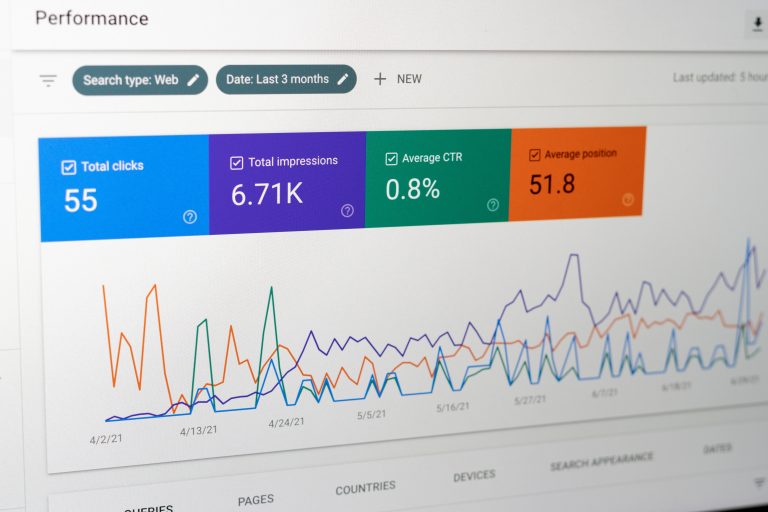All About the Google Panda Update
Despite its being an older update, Google Panda gets a lot of discussion in SEO circles. This is unsurprising when you consider that most major algorithm changes attract the attention of seasoned professionals. However, even major updates can sometimes produce relatively mild effects, especially on high-quality websites. Panda is not one of those “minor” updates. In fact, it caused a sea change in SEO practices for many websites.
Let’s look at this in more detail.
The problem Google Panda addressed
When the Google Panda update debuted in 2011, it was the Wild West of SEO. Specifically, people could produce a lot of low-quality content and outrank the high-quality material put out by important websites like universities, medical centers, or news organizations.
In practice, before Google Panda came along, whoever was best at certain SEO techniques won a place on the first page, no matter what. They might have a string of random words or paragraphs with irrelevant keywords. Or they used the kind of hidden content that Google Penguin also sought to eliminate. These hidden elements confused older Google algorithm versions so that pages would pop up on the SERPs that had nothing to do with a Google user’s intended subject.
Annoying, right?
A lot of people would have trouble finding the information they needed. Sometimes, people doing serious research would scroll through a few pages of results just to get useful information. Something had to be done.
Google Panda stopped many of these tactics
Ultimately, Google Panda is an attempt at digital quality control. It analyzes websites to see if they meet the EAT principle: Expertise, Authoritativeness, and Trustworthiness. For instance, an article has expertise in political science if it’s written by a professor or diplomat. Authoritativeness might mean an article on cancer treatment has repeatedly been shown to be useful. And articles that appear on websites considered the gold standard in their niche are trustworthy.
But how does the Google Panda update accomplish this task?
It demoted web spam
The Google Panda update was a major step forward in the fight against spam. If Panda detected that a website was “written for AdWords” or if it had too many advertisements, this counted against the page. Another technique it detects is keyword stuffing. Here, a writer adds one or more keywords at such a high concentration that it makes the writing bad. The content is usually of poor quality, anyway.
It fought content mills
A content mill is a company that cranks out a lot of content very quickly. Here, the idea isn’t to inform people about a topic, nor is it to be useful. Rather, content mills simply try to rank high for as many keywords as possible. Then, site visitors are bombarded with advertising messages.
Guess what? The site visitor often learns nothing useful. Worse, the content mill steals a spot on the first page of Google from a different page that’s better quality. And at the same time, people get sick of sifting through junk content and ads.
It promoted better content
Quality content is critical to the internet. Not so long ago, teachers and university professors would warn students to be careful about what they read and cited in academic papers. That’s because a lot of poor-quality content was edging out the valuable material. Worse, many top-ranked content pieces would contain factual errors. As a result, students would often sift through five or ten pages of SERPs before they found enough information to work with.
It fought plagiarism
Back in the “bad old days,” plagiarism and piracy were common. Often, the same bad actors would take information from someone else’s site and publish it as their own. Google Panda tried to address this with the duplicate content penalty. Essentially, this component reduced the rankings of any content that was published elsewhere without permission.
This solution, unfortunately, penalized the original sites, so it had to be changed.
Recovering from Google Panda update problems
Image Source: Moz
Because Google Panda became part of Google’s core algorithm in 2016, the current SEO community doesn’t talk about Panda recovery itself very often. However, you can avoid the techniques that Panda was built to penalize, such as keyword stuffing, thin content, and spam. At the same time, building the best content possible will give it a great chance of becoming the next great webpage.
Final thoughts
Google Panda was about more than just eating shoots and leaves. Rather, the purpose of Panda was to bring top-quality content to the first pages of most search results. Although Panda wasn’t perfect, it did a lot to reduce spam and raise the bar on content. Then, as technology advanced, Google was able to increase the quality of content even more.
Best of all, if you employ modern white-hat SEO techniques then you won’t have to worry that your site will suffer a Panda attack.








